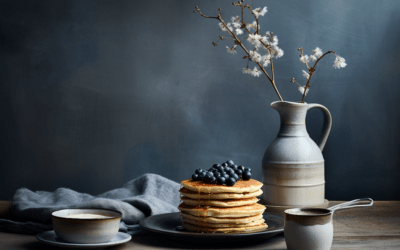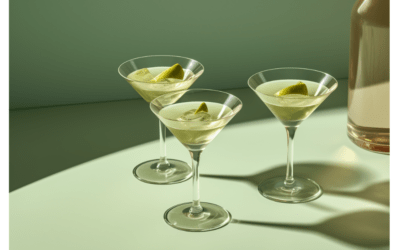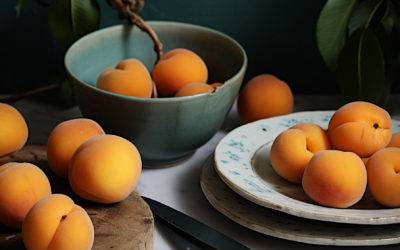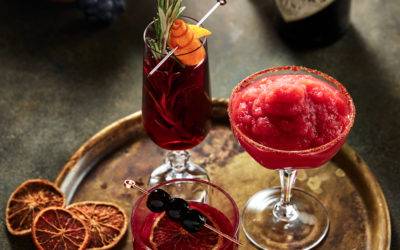Shooting Techniques
Reducing Unwanted Reflections and Hot Spots in Food Photography
A common challenge in lighting food and beverage photography is dealing with distracting reflections and hot spots. These issues often arise when photographing reflective surfaces or glossy...
Mastering Fill Light
Whether you’re a beginner or further along your photography journey, understanding fill light and its application is foundational to your work. Read this post to find out the five essential tips that will transform the way you use light in your images. >>
Mastering Colour Harmonies: Crafting Vibrant Designs with Colour Theory
Learning about Colour Theory is an exciting journey that will add a vibrant new dimension to your creative toolkit.
Colours are the foundational ingredients of your artistic endeavours, and colour harmonies as the secret sauce that brings them to life. In this post we’ll explore realm where colours come together in ways that not only please the eye but also evoke emotions and tell the stories that are so integral to captivating food photography.
Developing Your Artistic Voice in Food Photography
In the ever-evolving world of food photography, staying aware of trends can be valuable, as they provide insights into popular styles, editing techniques, and composition choices. However, it's...
How to Use Composition Overlays for Food Photography
Have you ever been asked to use a composition overlay by a food photography client? If you’ve ever shot a magazine cover or worked on a product packaging gig, then chances are you have. If not, you may be wondering, what is a composition overlay? Read on and find out all about this awesome tool and how it can help you take your food photography to the next level.
Why You Should Shoot Tethered for Food Photography
If you’re working professionally as a food photographer, you need to shoot tethered. Tethering is the single best way to improve your images, speed up your workflow, and make sure that you deliver the client what they want. Keep reading to find out more about shooting tethered >>
The Basics of Shooting with Multiple Lights
As a food photographer, you can shoot with natural or artificial light. If you want to shoot commercially, you need to use artificial light—often several of them. Keep reading to find out how to control and manipulate light so you can predict what your light is going to do.
Visual Weight
The concept of visual weight often gets overlooked for more familiar principles like rule-of-thirds, yet it’s one of the most basic and fundamental concepts in photography. But what about when we’re talking food photography? Keep reading to find out!
How Are Composition Overlays Used in Food Photography?
Composition overlays are used extensively in the world of commercial food photography. If you’ve ever shot a magazine cover, or worked on a product packaging shoot, you’ve likely worked with an overlay provided to you by the client or an art director. If you haven’t, you may be wondering what is a composition overlay? Keep reading to find out…
How Texture Elevates Your Food Photography
By consciously considering texture when composing our food photos, we allow the viewer to experience our photos more directly. Texture can trigger the perception of cutting into a flaky apple pie or licking a creamy, drippy ice cream cone. Keep reading to find out more about this key principle of composition.
Combining Multiple Lights in Food Photography
One of the biggest challenges in learning artificial light for food photography is using multiple lights in a scene. Shooting food with multiple lights is kind of the last frontier of learning flash. Keep reading for the basics you need to know to get started.
How to Do Bright + Airy Food Photography (with Artificial Light)
When it comes to food photography styles, bright and airy shots are universally popular. However, this style can be difficult to pull off with artificial light, especially with scenes that have a lot of white in terms of props and backgrounds. Keep reading to find out more!












